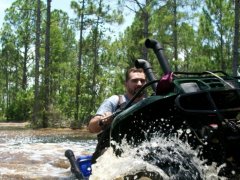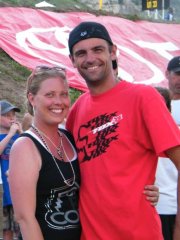-
Similar Forum Topics
-
By Clydaho
2022 Sector 550, 414 miles on it and the gas gauge reads empty. I topped off the gas and it didn't change.
There is no fuse that I could find. No access at the gauge cluster.
Wiring on the top of the tank looks good, properly connected.
Could the sending unit in the tank be stuck or broken?
Has anybody removed the tank lid? Any tricks?
Any other ideas?
Thanks for any help,
Clyde
-
By Gwbarm
I have been exploring all the options available, so many, its hard to choose. I have kind of narrowed it down to the Honda Pilot, Subaru Outback, and Kind of looking at the Outlander, although its a little small, the new one is nice looking. Just wondering if anyone has any recommendations or gripes with any of these rides. I have driven Jeeps for the past 25 years and they have been great, but their price point has gotten to high. Expieriences good or bad would be helpful. Thanks!
-
By DrtyGrlKristin
Just thought I'd start a new thread for newbies to the site!
If you're new here, tell us who you are, where you're from and what you ride!!!
Lets get to know each other a little better shall we?
I'm not new to the site, obviously, but...
I'm Kristin from Denver!!! I ride a 2008 Yamaha Rhino. She's my muddy baby!!!!!! Several aftermarket parts on her. She's good to me! We try and ride every weekend. This weekend we're off to MOAB! :woot:
-
By Suzukiquad
Hi, I have been around everything with a motor since I was little, and finally purchased more to get my husband, and kids involved. I have 4 quads I will be searching around for information on. I have two 2002 Suzuki LT80K quads, a 1997 Yamaha Timberwolf 250, and a 1996 Kawasaki Bayou 220. I have had different ones throughout the years, and plan on buying another Yamaha Banshee. I plan on trying to learn more about all of them, so I can customize some of them. I know nothing about them besides how to race them, my dad always took care of the rest, but figured it was time for me to learn.

-







Recommended Posts
Join the conversation
You can post now and register later. If you have an account, sign in now to post with your account.
Note: Your post will require moderator approval before it will be visible.